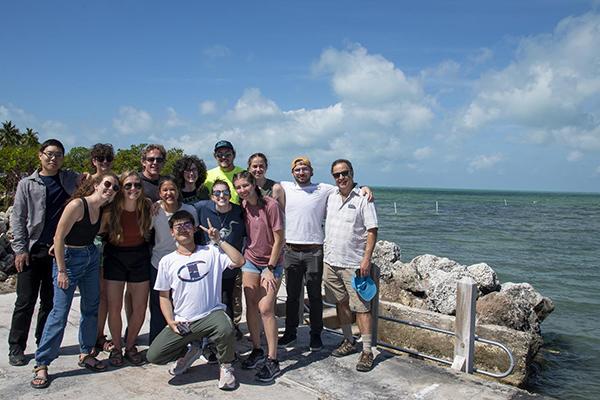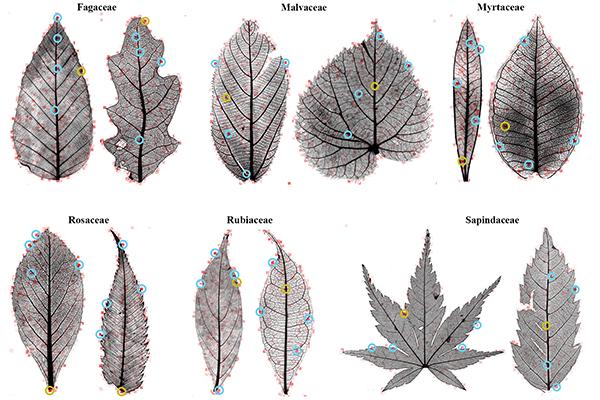Read the latest news about research conducted by investigators in the College of Earth and Mineral Sciences. Our faculty and students are continually advancing technology, creating solutions and expanding knowledge with new and innovative research.
News
A new process for creating thermally regenerative ammonia batteries improves their stability and affordability and may help address the country’s growing grid-scale energy storage problem, according to a team led by Penn State researchers.
Environmental sensors are a step closer to simultaneously sniffing out multiple gases that could indicate disease or pollution, thanks to a Penn State collaboration.
Fire history largely determined how severely the 2021 Dixie Fire burned, and low-severity fire treatments had the largest impact on reducing the worst effects of the fire, according to a Penn State-led research team.
A Penn State-led collaboration has harnessed special properties to create an artificial skin that mimics both the elasticity and the neurologic functions of cephalopod skin, with potential applications for neurorobotics, skin prosthetics, artificial organs and more.
A method of highly accurate and sensitive virus identification using Raman spectroscopy, a portable virus capture device and machine learning could enable real-time virus detection and identification to help battle future pandemics, according to a team of researchers led by Penn State.
Inspired by the structure of muscles, an innovative new strategy for creating fiber actuators could lead to advances in robotics, prosthetics, and smart clothing, according to a Penn State led team of scientists who discovered the process.
Small farms and home gardens where landholders raise multiple species of culturally important crops can have a significant impact when it comes to meeting the United Nations’ goal to end global hunger and malnutrition, according to an international team of researchers.
For several Penn State students taking a course on marine biogeochemistry, the coastal waters of the Florida Keys became an extension of their laboratory.
The ability of piezoelectric materials to convert mechanical energy into electrical energy and vice versa makes them useful for various applications from robotics to communication to sensors.
Machine learning programs that can classify leaves and place them in biological families may unlock new clues about the evolution of plant life, but only if scientists understand what the computers are seeing.





